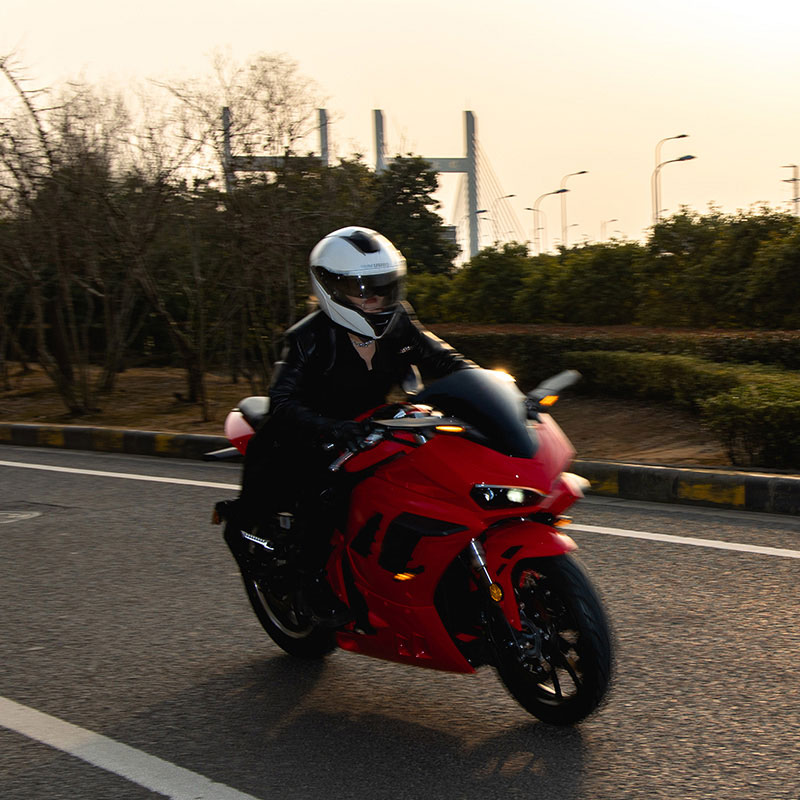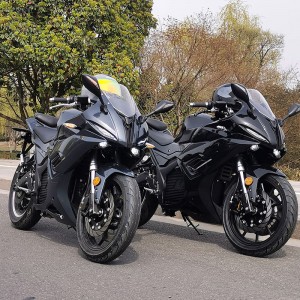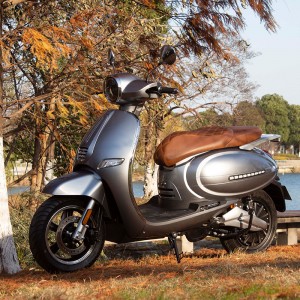Designing a popular and aesthetically pleasing electric motorcycle while ensuring an optimal range involves a comprehensive understanding of various technical factors. As an electric motorcycle engineer, calculating the range requires a systematic approach that considers battery capacity, energy consumption, regenerative braking, riding conditions, and environmental factors.

1.Battery Capacity: Battery capacity, measured in kilowatt-hours (kWh), is a critical factor in range calculation. It determines the amount of energy the battery can store. Calculating usable battery capacity involves accounting for factors such as battery degradation and maintaining battery health over its lifecycle.
2.Energy Consumption Rate: Energy consumption rate refers to the distance an electric motorcycle can travel per unit of energy consumed. It's influenced by factors like motor efficiency, riding speed, load, and road conditions. Lower speeds and city riding typically result in lower energy consumption rates compared to high-speed highway riding.
3.Regenerative Braking: Regenerative braking systems convert kinetic energy back into stored energy during deceleration or braking. This feature can significantly extend range, particularly in stop-and-go urban riding conditions.
4.Riding Modes and Speed:Riding modes and speed play a crucial role in range calculation. Different riding modes, such as eco mode or sport mode, strike a balance between performance and range. Higher speeds consume more energy, leading to shorter ranges, while slower city riding conserves energy and extends range.
5.Environmental Conditions:Environmental factors such as temperature, altitude, and wind resistance impact range. Cold temperatures can reduce battery performance, leading to decreased range. Additionally, high-altitude regions with thin air and increased wind resistance will affect the motorcycle's efficiency and range.
Based on these factors, calculating the range of an electric motorcycle involves the following steps:
A.Determine Battery Capacity:
Measure the actual usable capacity of the battery, considering factors like charging efficiency, battery degradation, and health management systems.
B.Determine Energy Consumption Rate:
Through testing and simulation, establish energy consumption rates for various riding conditions, including different speeds, loads, and riding modes.
C.Consider Regenerative Braking:
Estimate the energy that can be reclaimed through regenerative braking, factoring in the efficiency of the regenerative system.
D.Develop Riding Mode and Speed Strategies:
Tailor different riding modes to match target markets and usage scenarios. Consider a balance between performance and range for each mode.
E.Account for Environmental Factors:
Factor in temperature, altitude, wind resistance, and other environmental conditions to anticipate their impact on range.
F.Comprehensive Calculation:
Integrate the factors mentioned above using mathematical models and simulation tools to calculate the anticipated range.
G.Validation and Optimization:
Validate the calculated range through real-world testing and optimize the results to match actual performance.
In conclusion, designing a popular and aesthetically pleasing electric motorcycle with optimal range requires a harmonious blend of performance, battery technology, vehicle design, and user preferences. The range calculation process, as outlined, ensures that the motorcycle's range aligns with users' expectations and provides a satisfying riding experience.
- Previous: High global demand for electric vehicles, South America / Middle East / Southeast Asia electric vehicle imports are rising rapidly
- Next: Are electric mopeds easy to drive?
Post time: Aug-10-2023





